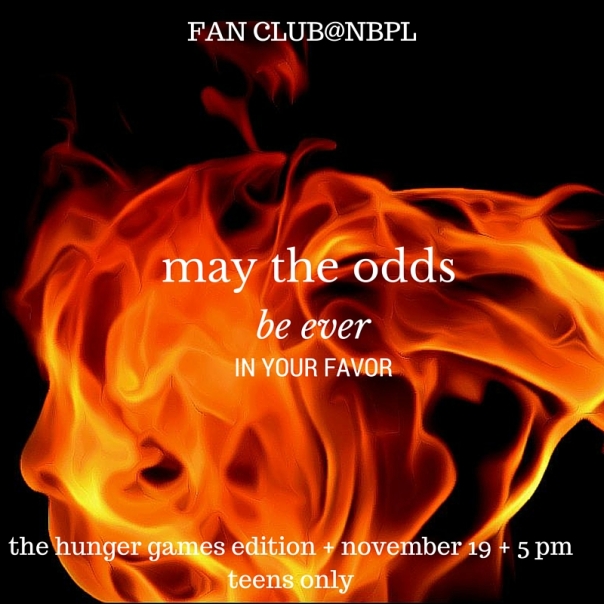The Big Idea
I was really struggling with what to do for our puzzle club. It seemed like a really good idea when I was planning, but actually coming up with puzzles that are engaging for a large group was a lot harder than I thought. Our digital services librarian had recently done a scavenger hunt for Power Up Your Library week, so I decided to use that framework and send the kids around the library.
What We Did
I had two options for the scavenger hunt. I hunted down (ha!) a library scavenger hunt from a blog that had a variety of things to do around the library, like finding the juvenile magazines, introducing yourself to the librarian, and finding a biography of someone from a different culture. I printed several of these out, and put them on clipboards. I also had three iPads that I had loaded up with Klikaklu. Klikaklu is an app our digital services librarian found that’s pretty awesome. I believe she paid around $15 for our scavenger hunt, which we’ve used for several events. Once you pay for the hunt, patrons can do the hunt for free using either library iPads or their own devices. Although I believe it’s now available on Android, at the time, it was only available on iOS devices. The cool think about Klikaklu is that you can add pictures of places and ask people to match up a second picture of the same thing, can add trivia questions, and lots of other ways to interact. It’s a really cool way to get people to explore the library.
How It Went
Honestly, this program probably could have been thought through a little better! The kids definitely LOVED the scavenger hunt, but I should have taken the time to make my own paper hunt, instead of taking the slightly lazy way out and printing a premade generic one. One of our iPads was also being really slow, and didn’t work very well. I will say that the patrons really had fun and explored the library in a new way. I was sure to warn staff that the tweens would be wandering around the library, and made sure to advise the tweens of the rules of the library. They were super respectful of the rules of the space and nobody was disturbed (that I know of!)
What It Cost
Since we had already paid for the Klikaklu hunt, this program was free! If you didn’t have a wonderful digital services librarian who had done this for you, you could pay the $15 for the hunt, or you could just use paper scavenger hunts.
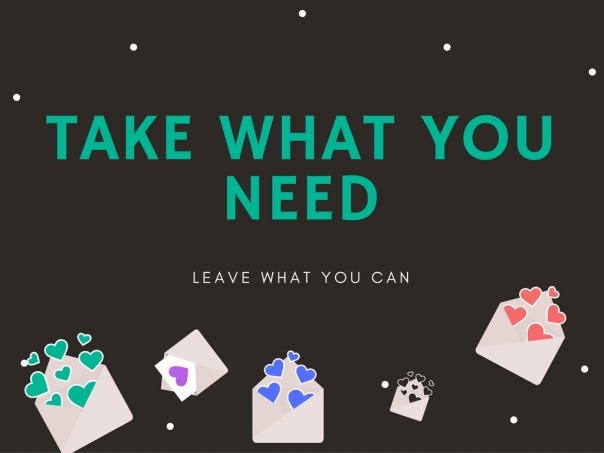

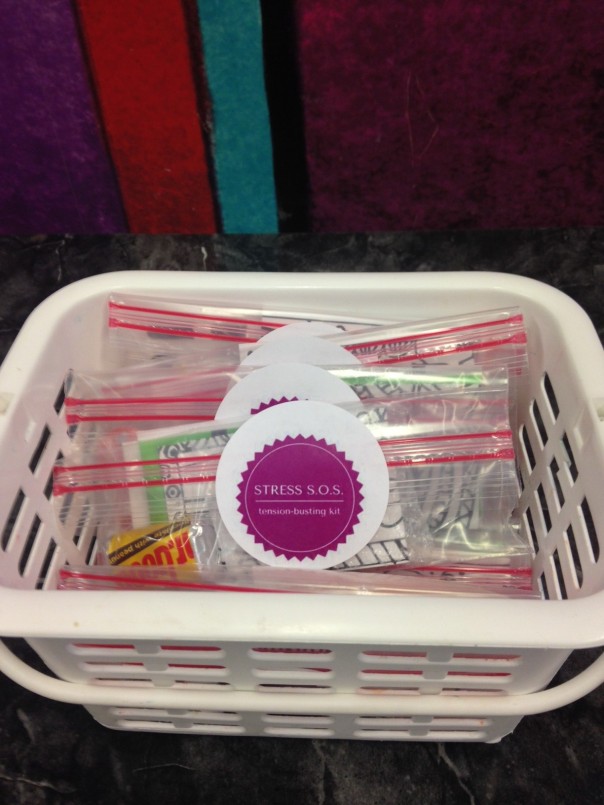
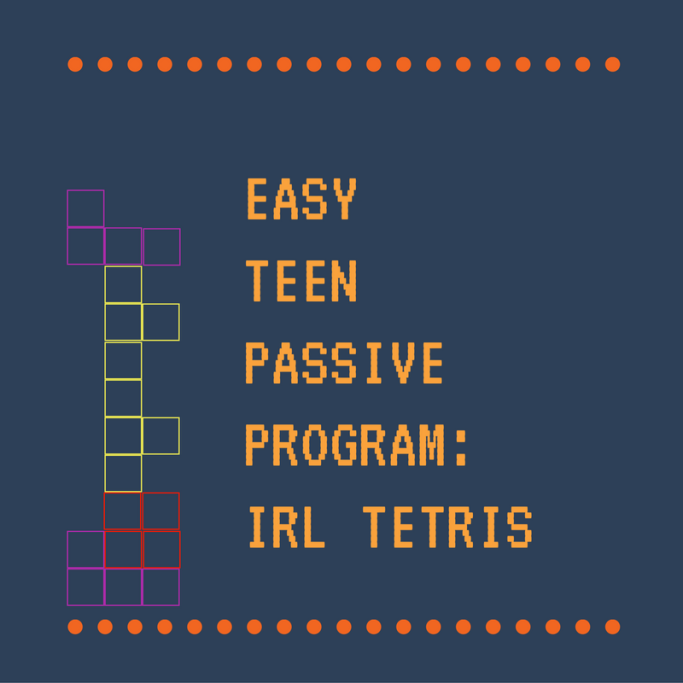 This program was inspired by a
This program was inspired by a 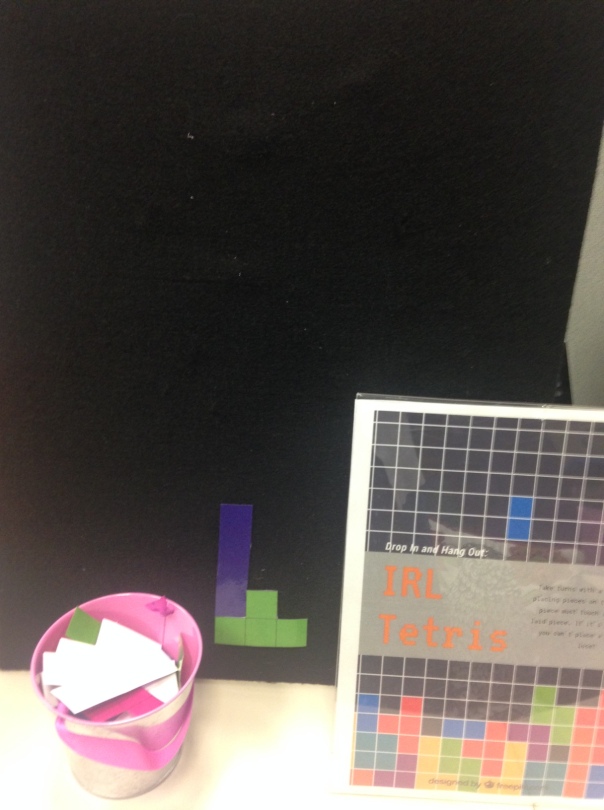

![2015-10-06 [Art Afternoons - Beth Krommes Scratch Art]](https://hushlander.files.wordpress.com/2015/12/2015-10-06-art-afternoons-beth-krommes-scratch-art.jpg?w=317&h=410)
